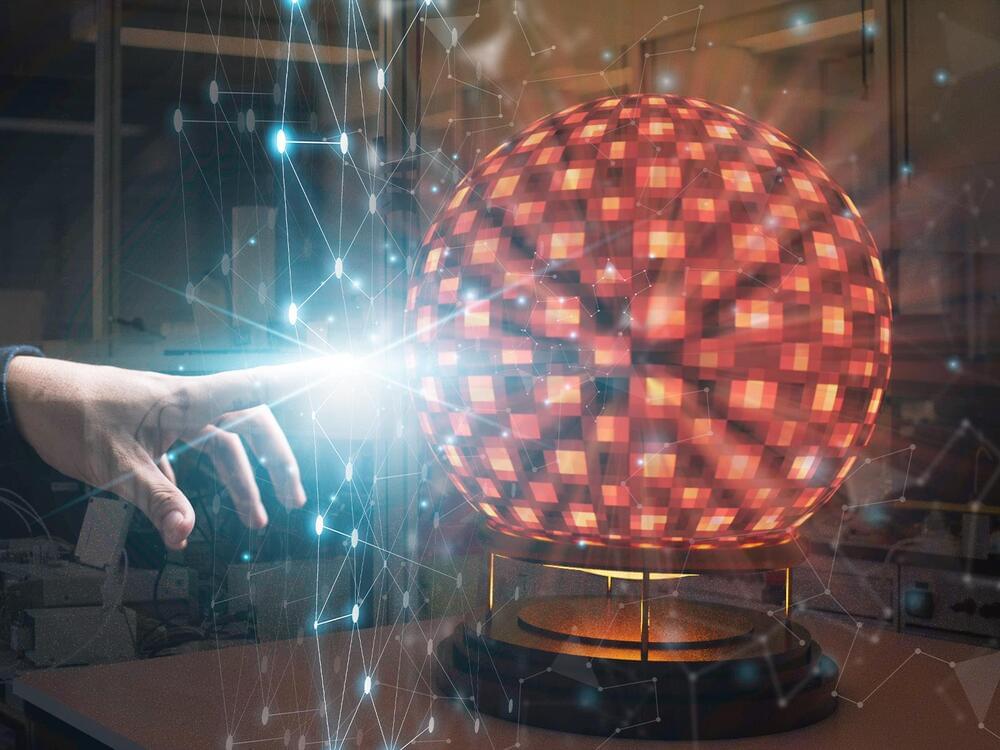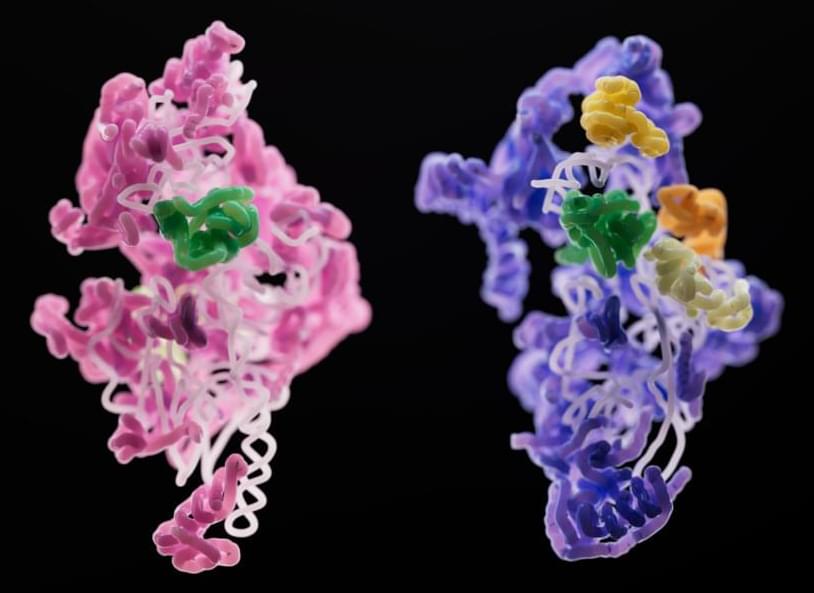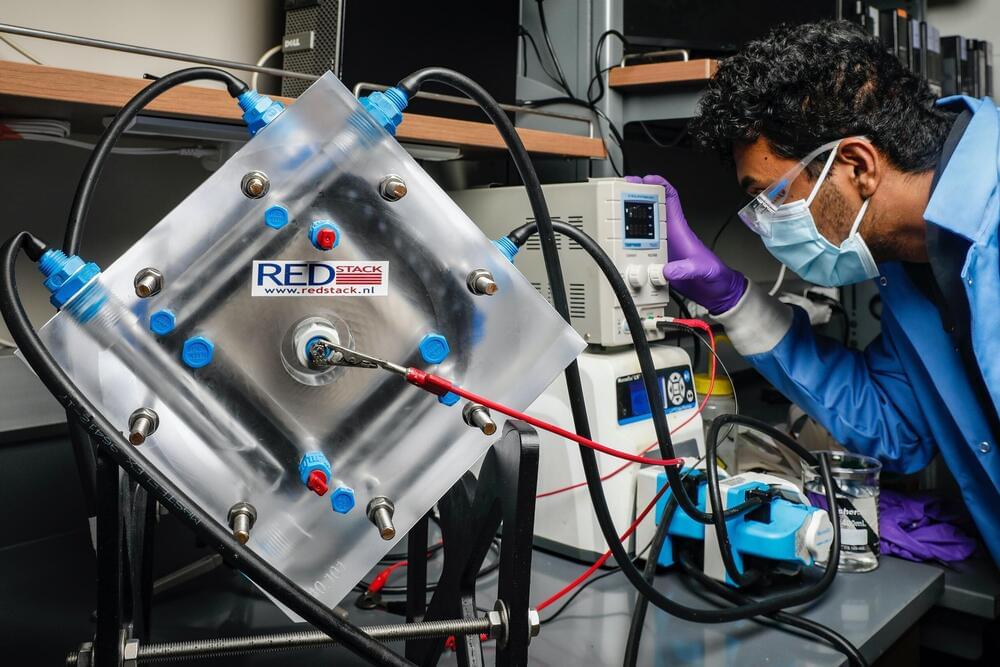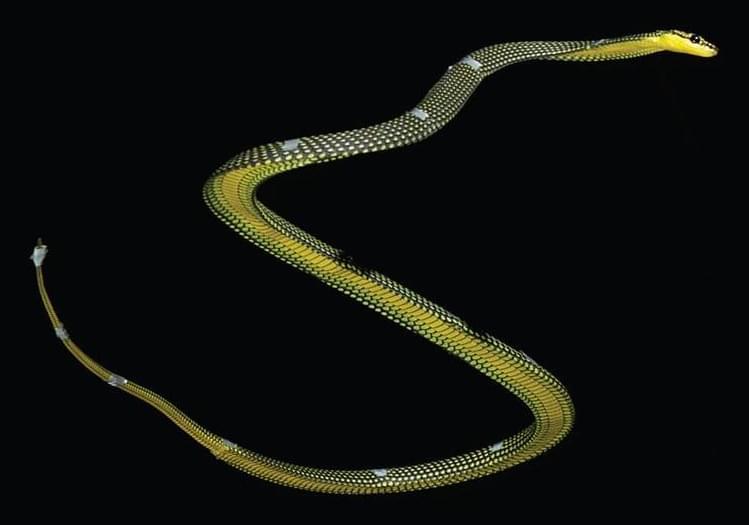I don’t think immortality is possible because everything has it’s end.with with proper research in medical science life expectancy can be increased.
The pursuit of immortality is getting older. So are we.


If humans are ever going to be able to regrow damaged tissues the way lizards and fish routinely do, it will require the precise control of gene expression in time and place—otherwise you might end up with random cells growing everywhere or a new body part that never quits growing. That is, stopping the process just as important as starting it.
A team of Duke scientists studying how other animals regrow damaged tissues has made an important step toward controlling at least one part of the regenerative machinery with that kind of precision. They used the mechanisms zebrafish rely on to repair damage to their hearts combined with viral vectors used for gene therapy in humans.
In a new paper appearing online Dec. 13 in Cell Stem Cell, the researchers demonstrate the ability to control gene activity in response to injury, limiting it to a specific region of tissue and during a defined time window, rather than being continuously active in the entire organ.


The findings shed a rare light on mitoribosomes, the unique ribosomes found within the cell’s mitochondria. Ribosomes, the tiny protein-producing factories within cells, are ubiquitous and look largely identical across the tree of life. Those that keep bacteria chugging along are, structurally, not much different from the ribosomes churning out proteins in our own human cells.
But even two organisms with similar ribosomes may display significant structural differences in the RNA and protein components of their mitoribosomes. Specialized ribosomes within the mitochondria (the energy producing entities within our cells), mitoribosomes help the mitochondria produce proteins that manufacture ATP, the energy currency of the cell.
Scientists in the laboratory of Sebastian Klinge wondered how mitoribosomes evolved, how they assemble within the cell, and why their structures are so much less uniform across species. To answer these questions, they used cryo-electron microscopy to generate 3D snapshots of the small subunits of yeast and human mitoribosomes as they were being assembled. Their findings, published in Nature, shed light on the fundamentals of mitoribosome assembly, and may have implications for rare diseases linked to malfunctioning mitoribosomes.

New research has finally pinned down an physiological change that explains why we are so much more prone to certain respiratory infections when the weather is lousy. The discovery is the first biological mechanism to explain why the common cold, flu and COVID-19 see such significant seasonal spikes when the weather is colder in certain regions, and could help us work on better preventative measures.
“Conventionally, it was thought that cold and flu season occurred in cooler months because people are stuck indoors more where airborne viruses could spread more easily,” said Dr Benjamin Bleier, director of Otolaryngology Translational Research at Mass Eye and Ear and senior author of the study, in a statement.
“Our study however points to a biological root cause for the seasonal variation in upper respiratory viral infections we see each year, most recently demonstrated throughout the COVID-19 pandemic.”

Engineers at the University of Illinois Chicago have built a machine that captures carbon from flue gas and converts it to ethylene.
The device integrates a carbon capture system with an ethylene conversation system for the first time. Moreover, the system not only runs on electricity, but it also removes more carbon from the environment than it generates—making it what scientists call net-negative on carbon emissions.
Among manufactured chemicals worldwide, ethylene ranks third for carbon emissions after ammonia and cement. Ethylene is used not only to create plastic products for the packaging, agricultural and automotive industries but also to produce chemicals used in antifreeze, medical sterilizers and vinyl siding for houses, for example.
The brain of an octopus has some similarities to humans, and shows many signs of high intelligence.

Balancing management ability and technical expertise is an active debate in the software industry, where, depending on whom you ask, an engineering manager’s interest or ability to code is dependent on whether the team is able to operate without them. Scott Berkun, the author of “Making Things Happen: Mastering Project Management,” told SD Times he believed the two disciplines were somewhat oppositional: “Coding requires intense uninterrupted concentration, while management requires dealing with constant interruptions and context switching.”
“Being able to do both is not something that a lot of people can do in practice.”
Berkun isn’t wrong — the incredible focus and discipline one must have to constantly write, test, and execute code in production are very different attributes to those of a manager. And just because someone is a high-performing employee doesn’t mean they can or should become a manager. Being in charge of employees is a unique skill that requires its own form of training and knowledge. Switching between producing valuable work for the company and leading a team of employees is not for everyone. As I’ve suggested before, the ratio of managers to the people they manage should be much larger if the manager isn’t doing the actual labor — but even then, the lack of practical experience will make it harder for them to be effective. But because the managerial class has become the only avenue for real advancement at many companies, many organizations end up with a jumble of disconnected or micromanaging bosses who aren’t right for the job.
Artificial Intelligence vol. 4 — The Rise of the Machines.
01. Intro — Roy meets Tyrell.
02. Vangelis — Los Angeles, November 2019 [01:08]
03. Mahindra Waves — DNA [03:41]
04. Between Interval — Sea of Darkness [09:00]
05. Carl Sagan’s last Interview — The Warning [11:50]
06. Sam Hulick (Mass Effect OST) — Normandy [12:52]
07. Kammarheit — Provenience [14:10]
08. Vataff Project — Owl [18:03]
09. Field Rotation — Tiefflug [24:50]
10. Juno Reactor — Nitrogen Part 1 [31:28]
11. Mono Junk — Enter [38:30]
12. Gus Gus vs. T-world — Esja [43:10]
13. Aphex Twin — On [51:10]
14. Sephira — Memory Access [56:40]
15. HECQ — 8 [01:00:20]
16. Distant System — Pupillary response [01:01:20]
17. Blastromen — Follow The Command [01:03:20]
18. Blastromen — Battlenet [01:09:50]
19. Asura — Regenesis [01:16:53]
20. Field Rotation — Regenzeit [01:21:50]
21. Vangelis — Blade Runner (End Titles) [01:26:20]

When the paradise tree snake flies from one tall branch to another, its body ripples with waves like green cursive on a blank pad of blue sky. That movement, aerial undulation, happens in each glide made by members of the Chrysopelea family, the only known limbless vertebrates capable of flight. Scientists have known this, but have yet to fully explain it.
For more than 20 years, Jake Socha, a professor in the Department of Biomedical Engineering and Mechanics at Virginia Tech, has sought to measure and model the biomechanics of snake flight and answer questions about them, like that of aerial undulation’s functional role. For a study published by Nature Physics, Socha assembled an interdisciplinary team to develop the first continuous, anatomically-accurate 3D mathematical model of Chrysopelea paradisi in flight.
The team, which included Shane Ross, a professor in the Kevin T. Crofton Department of Aerospace and Ocean Engineering, and Isaac Yeaton, a recent mechanical engineering doctoral graduate and the paper’s lead author, developed the 3D model after measuring more than 100 live snake glides. The model factors in frequencies of undulating waves, their direction, forces acting on the body, and mass distribution. With it, the researchers have run virtual experiments to investigate aerial undulation.